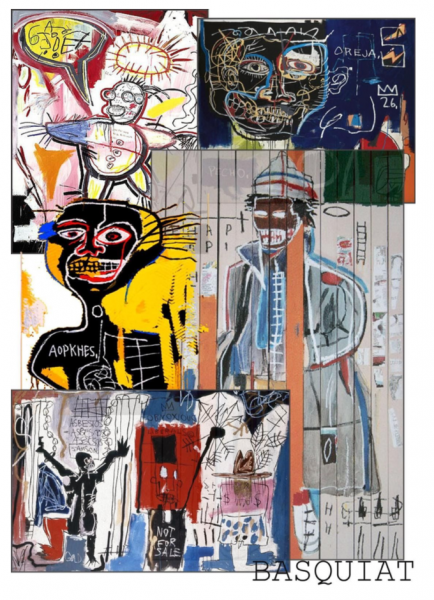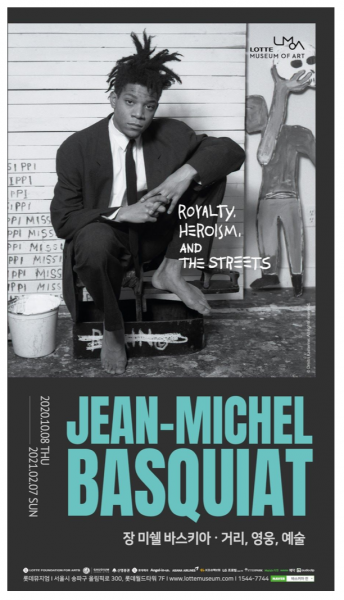
South Korea‘s largest-ever exhibition of works by Jean-Michel Basquiat — the American contemporary artist known for his rebellious style -– will open in October at the Lotte Museum of Art in Songpa district, southeastern Seoul.
Titled “Royalty, Heroism and the Streets,” the exhibition will showcase 150 paintings, sculptures and drawings made by Basquiat and run from Oct. 8 to Feb 7, 2021. Basquiat was the first African American artist to establish a reputation in the global art world.
In 2017, his painting “Untitled” was auctioned off for 110.5 million dollars at Sotheby’s, becoming the highest-priced work by an American artist and for any artwork created after 1980 at the time, according to the auction house.

Born in 1960 to Haitian father and Puerto Rican mother, Basquiat created more than 3,000 artworks including paintings, drawings and sculptures until he died at age 27.
He is known to have been exposed to masterpieces of art at an early age, thanks to his mother who took him around art museums in New York and showed him numerous works by the masters from Da Vinci to Picasso. He was given a copy of “Gray’s Anatomy,” a human anatomy textbook, as a gift from his mother while he was hospitalized following a traffic accident in 1968. That textbook became the foundation that shaped his own art world.
At age 17, Basquiat formed the graffiti duo SAMO with his friend Al Diaz, and they spray painted cryptic statements and symbols all over lower Manhattan. Their humorous, profound and rebellious declarations were scattered throughout Soho’s art scene, sending a fresh shock to the white-dominated art world.

Basquiat is known to have admired pop artist Andy Warhol. The two artists collaborated on paintings and became close friends. Andy Warhol’s unexpected death in 1987 deeply affected Basquiat who was found dead from drug overdose the following year. The upcoming exhibition in Korea will showcase a painting made by the two artists.
The exhibition was originally scheduled to open in April but has been postponed to October due to the COVID-19 pandemic, according to the museum.
Credits: The Korea Herald
